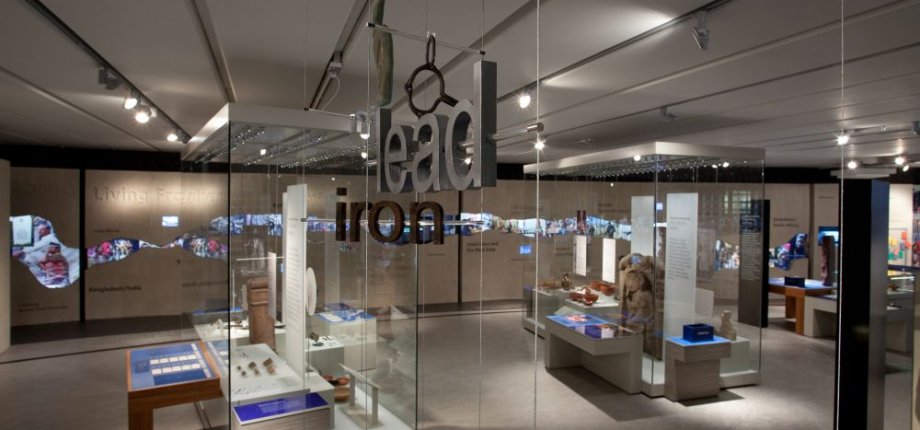Stay in touch with the latest news from AIM and get information on sector grants, jobs and events with our free fortnightly E-News.
Governance Profile: Roger Cooke
Good chairmanship and good governance is an on-going process, so AIM sat down with Roger Cooke, chair of the Tullie House Museum board to discover what their governance journey has been like…
Roger Cooke became chair of the Tullie House board in 2010 after owners Carlisle City Council had decided to transfer the well-regarded museum to a charitable trust.
For Roger, who had spent most of his career with PwC, the professional services firm, and was a founder trustee of London Transport Museum, reorganisation was nothing new and he saw positive aspects in the trust’s enlarged fundraising powers and the opportunity to bring in trustees who could contribute to the organisation in different ways.
The trustees’ priorities were to ensure both the museum’s financial sustainability and that it took advantage of its new trust status. Several new galleries were opened and a new partnership led by Tullie House with two other leading Cumbrian arts bodies, Lakeland Arts and Wordsworth Trust, won ACE’s coveted Major Partner Museum funding.
But then the council made two large core-funding cuts in quick succession, a major blow to the new organisation, which meant some of the trust’s ambitions had to be scaled back. Staff numbers fell from 50 to 39, which coincided with the appointment of a new museum director whose brief was to move the organisation in a more business-focused direction; not easy when the process of moving from a local authority organisational culture was still far from complete.

“It was clear from the start that we had to achieve a major cultural change, become more entrepreneurial and flexible and embed an understanding that it was everyone’s job to maximise income and minimise cost, and to promote the museum to visitors, stakeholders, and the community at large,” Roger says.
“We have made progress but still have some way to go. This kind of change is never easy, even in the private sector, where there are narrower objectives than for a non-profit organisation.”
Good chairmanship and good governance is an on-going process, Roger says, and it goes beyond ensuring an institution is following procedure.
“There is a kind of compliance agenda in which you need to make sure you are ticking all the right boxes in a way that you are sure can be defended to external audiences, potential funders and the like.
“But what is really going to make the difference between an average and a high-performing trust board is whether the trustees get involved in mentoring senior staff, fundraising, talking to volunteers, staff and funders and in setting the strategic objectives and priorities of the organisation. That will make the difference between a board that is really helping the organisation to deliver an exciting programme and one board that is just keeping a watching eye on it ticking over.”
